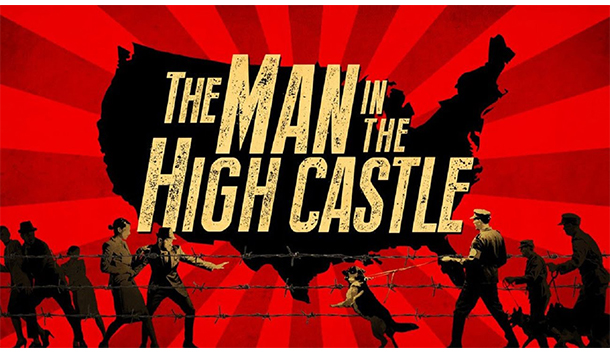About 20 years ago the late George Garrett, a professor of English and writing at the University of Virginia and a contributing editor to this magazine, told me an anecdote meant to illustrate the intellectual and social naiveté of students at one of the most prestigious schools in the country. After George requested his sophomore (as I recall) class write an essay about a theatrical performance they had attended, one student confessed that he’d never yet seen a play, opera, etc., but that his father had promised to take him to see “Lame Is Robb” at the Kennedy Center the following month. I thought of George, therefore, and of the crippled border collie on the Scottish moors, while reading a recent critical essay about Les misérables in an English magazine. I had not looked at Victor Hugo’s novel since being assigned it in French class at prep school, but only a couple years ago I reread his Notre-Dame de Paris and enjoyed it very much. As I couldn’t find a French edition of Les misérables in my library, I ordered a copy from my foreign-books supplier in New York and have begun reading the novel in the Penguin Classics Edition while waiting for the Folio Classique one to arrive.
Published a quarter-century before Flaubert invented the modern novel, today Les misérables is an example of how not to write a novel—one reason why it is also so compelling. Thick with digressions on nearly every aspect of early 19th-century French life and freestanding essays or stories on unrelated subjects, this single novel (1,232 pages in the Penguin paperback) is as socially comprehensive as a full half-shelf of Balzac’s much briefer novels. Exiled for years during the reign of his political enemy the emperor Louis-Napoleon, Hugo finished writing the novel on the Isle of Guernsey—and went on writing and rewriting it in proof. Hugo, who was raised in the conservative household of a French military officer and lived much of his adult life as a conservative, in later years became more liberal on social questions. He changed the working title of his novel from “Miséres” (“Miseries”) to “Les misérables” (“The Miserable Ones”). Though lacking the (more or less) sustained drive of Notre-Dame, the general effect is one of movement and even fluidity, partly owing to the dramatic force of the stories within the story. And in French, when I’m able to make the transition, the book should read even better.
—Chilton Williamson, Jr.
The Man in the High Castle, like much of Philip K. Dick’s work, is both fascinating and frustrating. Usually described as an alternative history of the United States in a world in which Nazi Germany and Imperial Japan defeated the Allies in World War II, this short novel is fascinating because it is, instead, a diagnosis of the actual world that emerged from that conflict. That accounts for the most frustrating attribute of this book, at least for me: its all-too-brief length. I have never cared for alternative histories, whether in novelistic or other form; the only things they ever seem to reveal are their respective author’s hang-ups and hobby horses. And so my frustration in this case lies not with the lack of more “history,” but with the sense that there is far more I wish to learn about Dick’s characters.
Dick, however, didn’t need to develop those characters any further because, when the book ends, he has accomplished his goal. Juliana Frink, the chief female protagonist, has met the titular Man in the High Castle, Hawthorne Abendsen, himself the author of a novel, The Grasshopper Lies Heavy, which presents an alternative history (to the narrative of The Man in the High Castle), in which the Allies won World War II. Abendsen’s book itself diverges from history as we know it, but as he and Julia discover through the use of the I Ching, it expresses the “Inner Truth” of history.
And that is Dick’s point: A true novelist is a truth-teller; and in The Man in the High Castle Dick himself is revealing the truth about the United States in 1962 (and beyond). Our culture is characterized by abstraction, symbolized by the Japanese, and a confusion of efficiency with morality, symbolized by the Nazis. The two breakthroughs in the book—Juliana’s revelation about the Inner Truth of The Grasshopper, and Trade Minister Tagomi’s trip (through a glass, darkly, as it were) to the world of The Grasshopper—occur through the engagement of their imaginations with works of art. A revival of the imagination, Dick shows, can revitalize culture and break the stranglehold of abstract ideology and pragmatic morality on American life.
Frank Spotnitz has created a television adaptation of The Man in the High Castle for Amazon that does justice to Dick’s characters, while changing the narrative of the story. In his version, The Grasshopper Lies Heavy is not a book but a film, one of many newsreels presenting a history closer to our own. Hawthorne Abend sen is no longer an artist but a consumer of these newsreels—a sign, perhaps, that Spotnitz, understanding Dick’s point about the artist as truth-teller, is revealing a truth about America today.
—Scott P. Richert

Leave a Reply